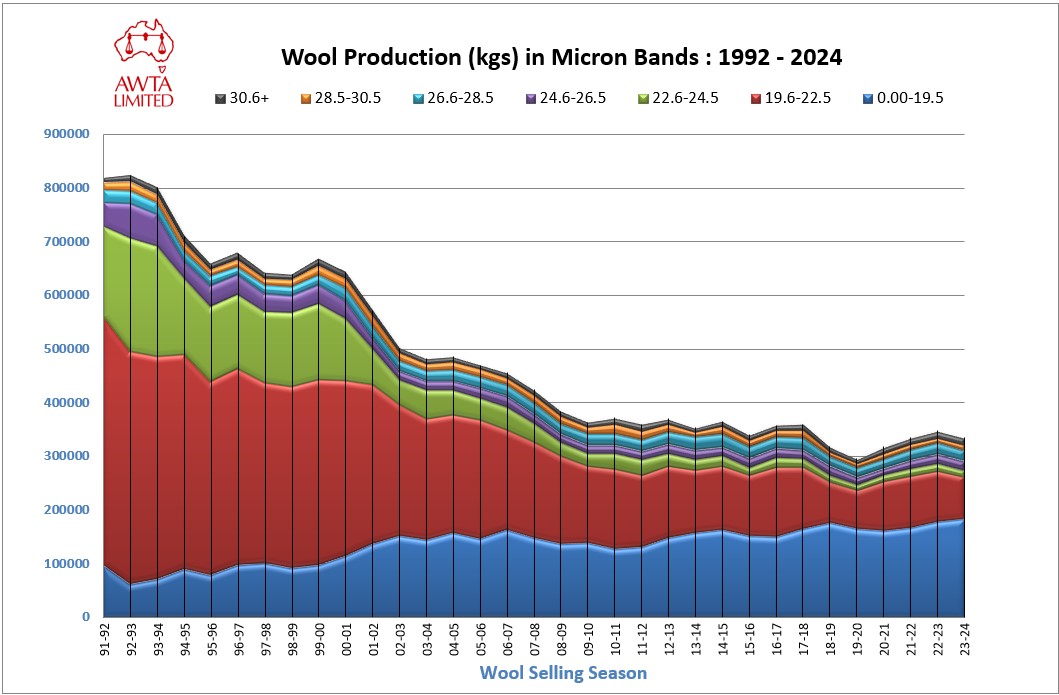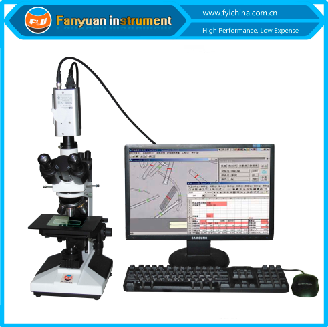Maximize Your Fibre Optic Performance: Comprehending Optical Fibre Diameter Analyser Technology
The performance of fibre optic systems is seriously influenced by the accuracy of their size, an aspect frequently forgot in the pursuit of ideal signal integrity. Comprehending the modern technology behind optical fibre size analysers discloses the elaborate equilibrium in between measurement accuracy and manufacturing quality.
Importance of Optical Fibre Diameter
The size of optical fiber plays a crucial duty in establishing the efficiency and performance of interaction systems. Alternatively, smaller sized sizes often tend to sustain less modes, which can boost signal clearness and lower crosstalk.

Additionally, comprehending the diameter's implications can bring about set you back savings by reducing the demand for signal boosting and repeaters in comprehensive networks (optical fibre diameter analyser). To conclude, the relevance of optical fibre diameter can not be overemphasized, as it directly affects the general efficiency and reliability of contemporary communication systems

Exactly How Diameter Influences Signal Quality
Signal top quality in optical fiber systems pivots considerably on the diameter of the fiber. The size affects several key specifications, including depletion, data transfer, and modal diffusion. A smaller size can cause higher attenuation prices, leading to signal loss as light travels with the fibre. This depletion can compromise the stability of the transmitted data, causing a decline in signal high quality, especially over cross countries.
Conversely, larger sizes generally enable boosted light capture and lowered modal dispersion, improving signal quality. In multimode fibres, a larger core size can sustain several light settings, yet it may likewise present intermodal diffusion, which can break down signal quality. As a result, picking the optimal fibre diameter is critical for achieving the preferred efficiency in details applications.
Additionally, the interaction in between the fibre size and the wavelength of the light made use of plays a crucial duty in figuring out the effective transmission range and overall signal integrity. Thus, understanding just how fibre diameter influences signal quality is crucial for network designers and engineers aiming to optimize optical fiber systems for reputable, high-speed information transmission.
Review of Diameter Analyser Innovation
In several optical fibre manufacturing procedures, exact measurement of fibre diameter is necessary for ensuring constant efficiency and top quality (optical fibre diameter analyser). Size analysers are sophisticated tools made to assess the physical dimensions of optical fibers with high accuracy. They use advanced optical and laser innovations to gauge the size, ovality, and concentricity of the fiber, thus offering vital information for quality control
These analysers can operate in-line during the production procedure or as component of off-line screening methods. In-line systems make it possible for real-time monitoring, check my reference allowing makers to readjust criteria immediately, thereby maintaining optimum production conditions. Off-line analysers, on the other hand, offer extensive examinations of batches, making sure that any type of variances from specified resistances are recognized and resolved.
Size analysers dramatically add to the decrease of flaws in optical fibres, enhancing total product integrity. By regularly measuring essential criteria, these innovations facilitate conformity with market requirements and specifications. As the need for high-performance optical fibres remains to climb, the function of diameter analysers comes to be significantly vital in achieving the wanted high quality and performance criteria in fiber optic systems.
Key Features of Fiber Diameter Analysers
Although various versions of fibre size analysers exist, they frequently share numerous essential features that improve their capability and reliability. Among one of the most substantial functions is high-resolution measurement abilities, which ensure specific diameter analyses, vital for maintaining top quality control in fiber production. check this site out Additionally, several analysers integrate advanced optical sensors created to spot minute variants in fibre size, hence supplying important information for process optimization.
One more essential attribute is real-time monitoring, permitting operators to obtain immediate comments on fiber diameter throughout the manufacturing procedure (optical fibre diameter analyser). This capability promotes rapid modifications and lowers the possibility of flaws. Many analysers likewise come furnished with user-friendly user interfaces, enabling operators to quickly browse through information and settings outputs
Moreover, durable information storage and analysis capabilities are crucial for tracking historic efficiency trends and guaranteeing conformity with sector requirements. These functions collectively add to the effectiveness of fiber diameter analysers in maximizing fiber optic performance.
Finest Practices for Fibre Optimization

First, regular calibration of optical fiber diameter analysers is essential. This makes certain precise dimensions and lessens possible discrepancies that might influence performance. Next off, preserving a tidy working setting is important; dirt and pollutants can cause signal deterioration.
Additionally, it is crucial to select fibres that fulfill details application demands. This involves examining factors such as depletion, bandwidth, and environmental problems. Correct installation methods should likewise be complied with, including preventing sharp bends and too much tension, which can jeopardize fiber honesty.
Additionally, using innovative surveillance systems can promote real-time performance evaluations, making it possible for prompt identification of problems. Normal screening and upkeep should be carried out to make sure that fibers continue to be within ideal functional criteria.
Last but not least, training personnel on the current fibre optimization innovations and methods will enhance their capability to carry out efficient strategies. By following these ideal practices, organizations can dramatically boost the efficiency and lifespan of their optical fiber systems, making certain efficient interaction and data transfer.
Final Thought
In conclusion, the assimilation of optical fiber diameter analyser technology is vital for taking full advantage of fiber optic performance. By guaranteeing specific dimensions of fiber measurements, these analysers substantially enhance signal quality and lower losses throughout information transmission.
Signal top quality in optical fibre systems hinges significantly on the size of the fibre.In many optical fibre production procedures, accurate measurement of fibre diameter is essential for guaranteeing constant efficiency and top quality. As the demand Recommended Reading for high-performance optical fibers continues to climb, the function of size analysers ends up being progressively essential in accomplishing the preferred high quality and performance criteria in fiber optic systems.
These features collectively add to the effectiveness of fiber size analysers in maximizing fiber optic performance.
In final thought, the combination of optical fibre diameter analyser innovation is crucial for taking full advantage of fibre optic efficiency.